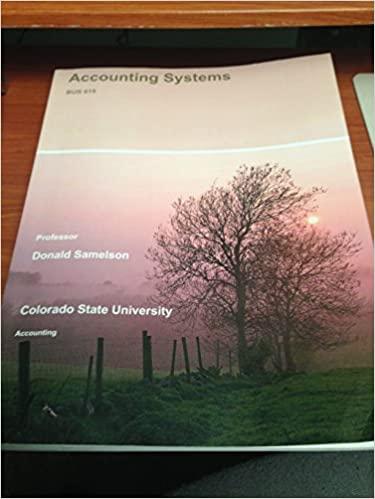Answered step by step
Verified Expert Solution
Question
1 Approved Answer
The following financial statements apply to Benson Company: Year 2 $ 218,400 Year 1 $ 181,800 124,700 19,700 10,700 1,500 19,200 175,800 101,200 17,700 9,700



Step by Step Solution
There are 3 Steps involved in it
Step: 1

Get Instant Access to Expert-Tailored Solutions
See step-by-step solutions with expert insights and AI powered tools for academic success
Step: 2

Step: 3

Ace Your Homework with AI
Get the answers you need in no time with our AI-driven, step-by-step assistance
Get Started


